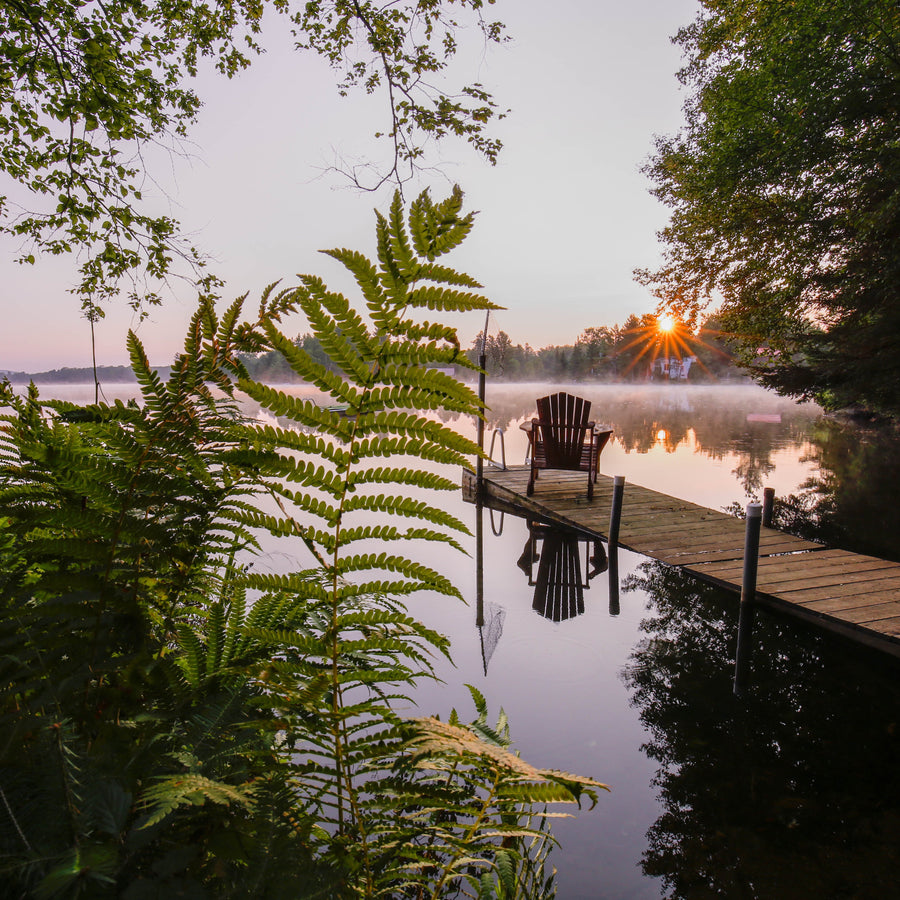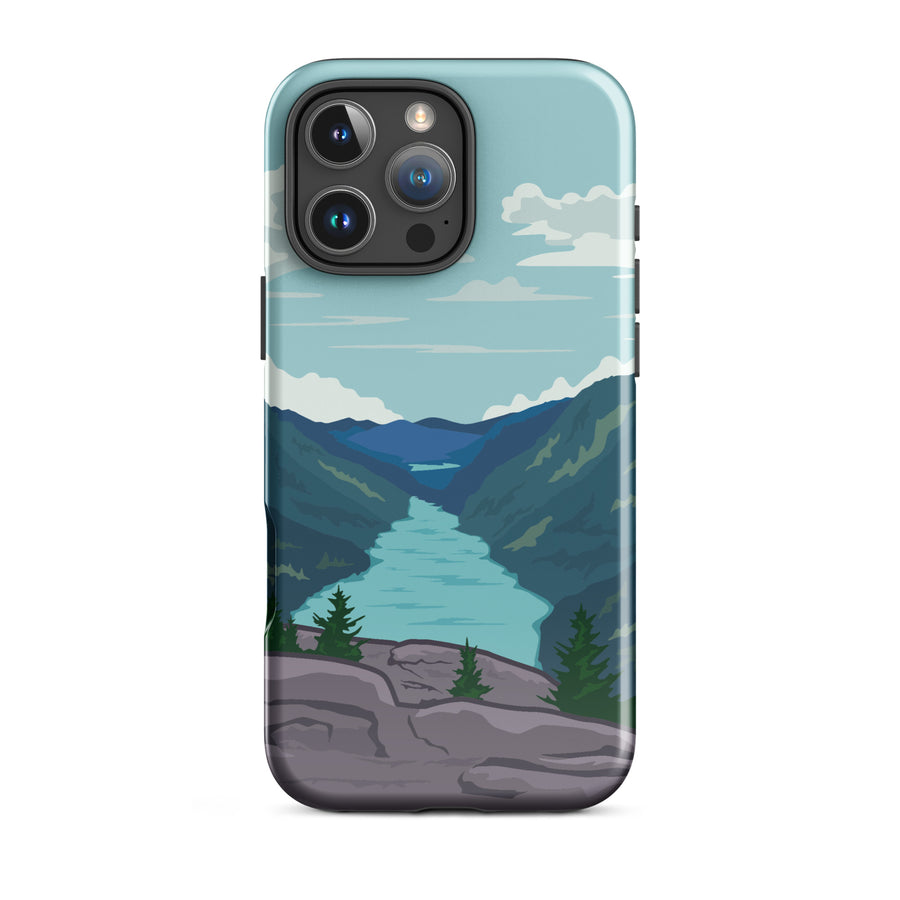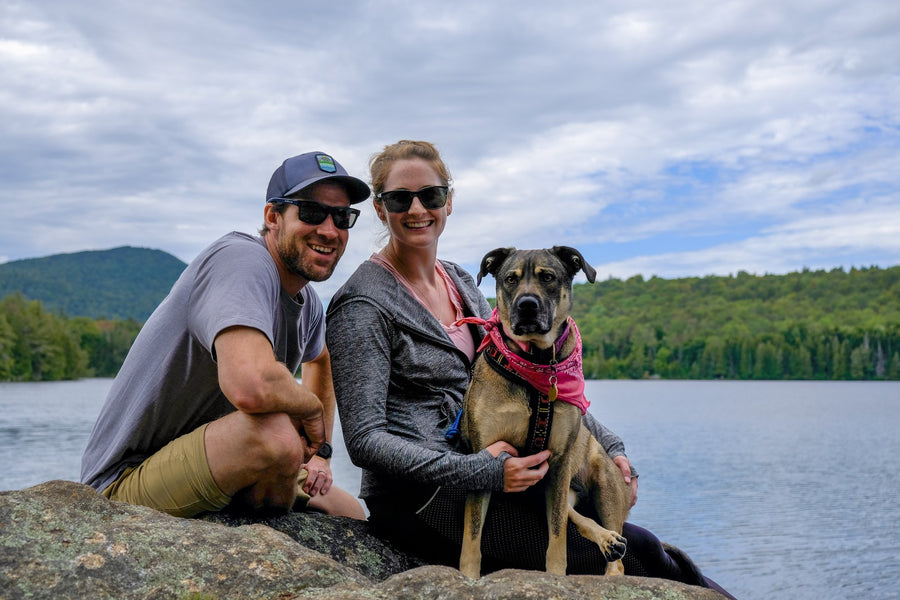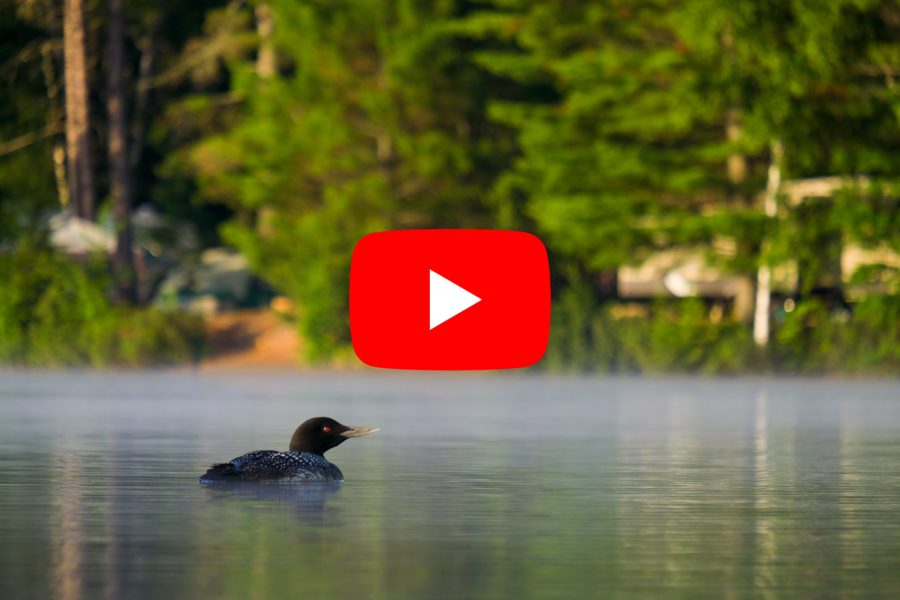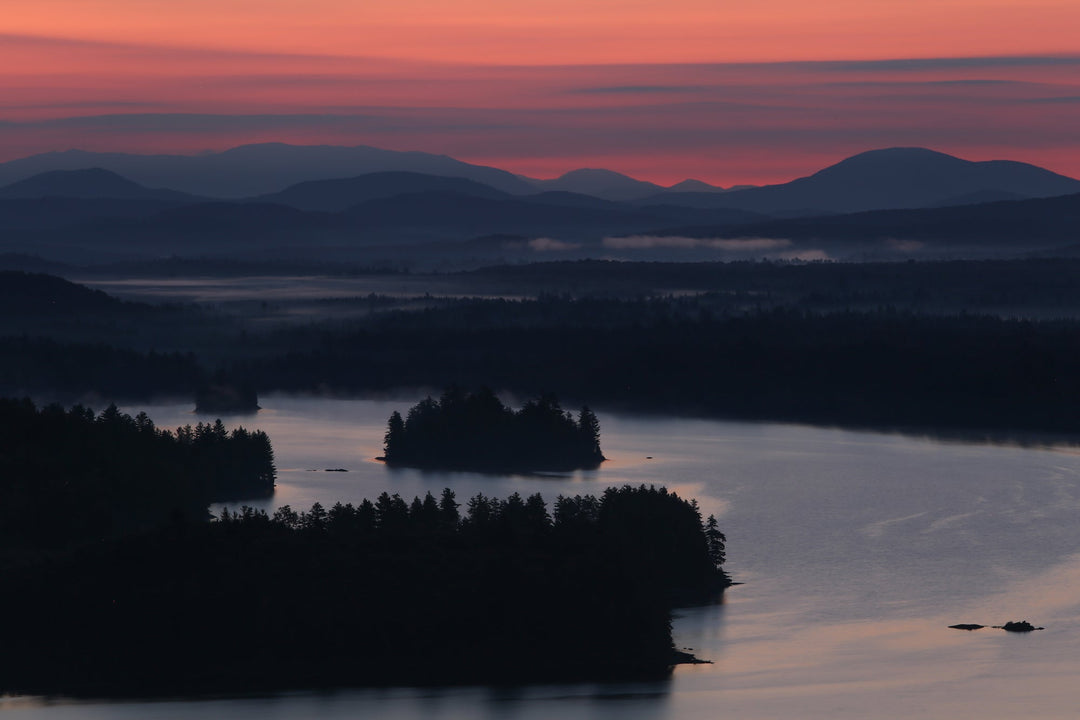Behind the Shot: Altered Mind State
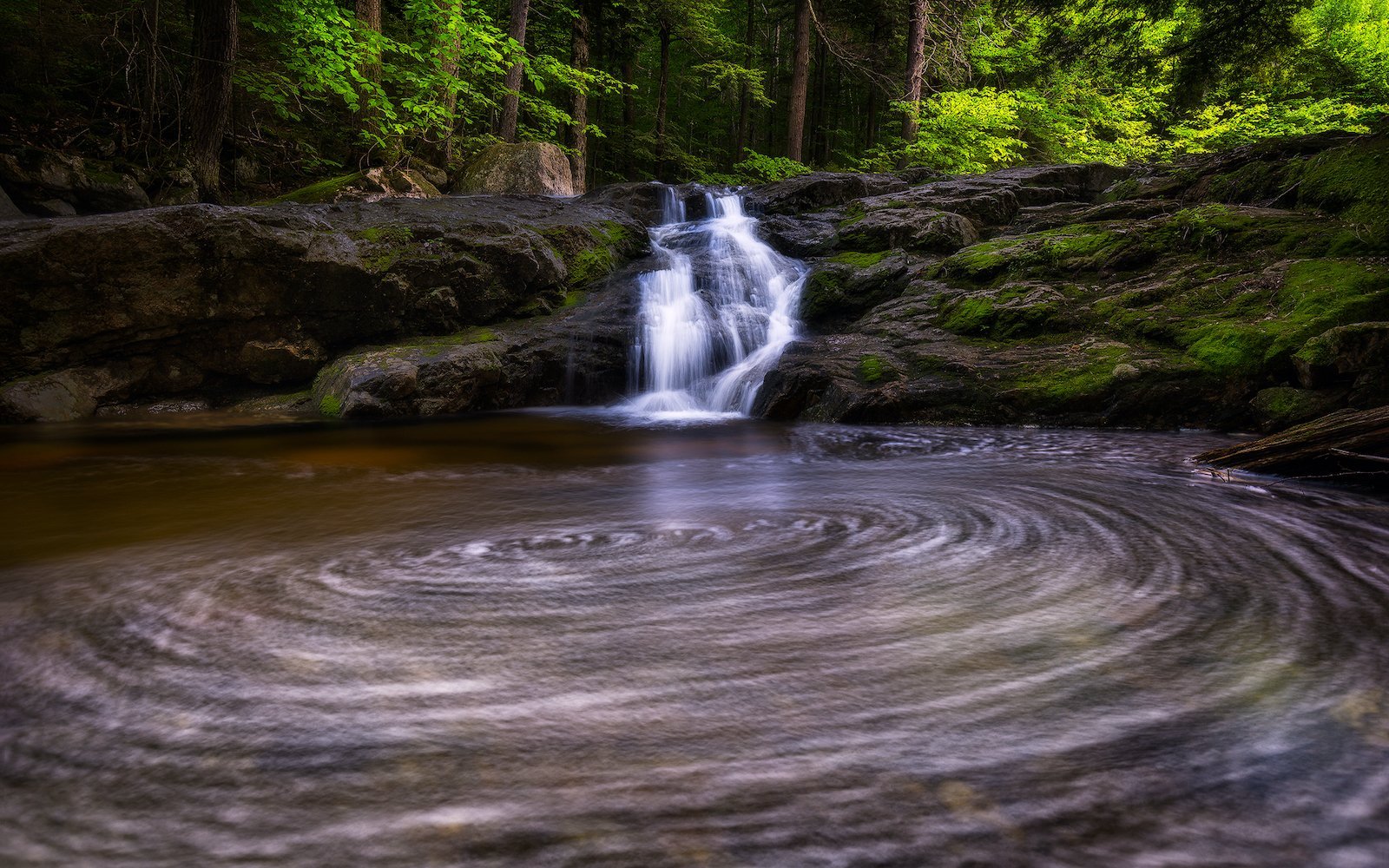
Photo & Story By Joey Priola
Photography Equipment: Canon 6D, Canon EF 16-35mm f/4L IS USM Lens, Gitzo mountaineer tripod, Really Right Stuff ballhead, remote shutter release, B+W 6-stop neutral density filter, B+W circular polarizer
Exposure Data:
Exposure 1 (waterfall and foreground): 15 sec. at f/11, ISO 100, 21 mm
Exposure 2 (background): 0.3 sec. at f/11, ISO 100, 21 mm

Anyone that’s ever trekked along the Lake Road from the Ausable Club near Keene Valley knows that this gateway to the High Peaks is equal parts a blessing and a curse. While it can be a quick and easy way to cover ground en route to popular peaks such as Gothics or Indian Head, in the heat of summer it can also be a dusty, sweltering, and altogether boring jaunt, as it was for me on the day that this photo was taken. I was thrilled to finally reach the Gill Brook Trail and trade the noise and dust clouds of the Ausable Club buses for the solitude and calm of the forest. My original destination on this June day had been sunset at Indian Head, but I got so distracted by the beauty and multitude of cascades along Gill Brook that I ran out of time. Alas, sometimes the journey becomes the destination.
After photographing some cascades close to the start of the trail, I clambered along towards Indian Head until a small cascade just off of the trail caught my eye. The low-angled evening sun was casting a warm, subtle glow on the fresh spring trees, and the pretty little cascade spilled over a rock ledge into a pool filled with bubbles. The photography alarms went off in my head, as I’m always seeking out foam and bubbles while photographing waterfalls. While to the naked eye there doesn’t seem to be anything special about foam floating on the water’s surface, the subtle motion created by a current can yield whimsical results when using a long exposure. Those ordinary foam bubbles can be rendered as swirls and streaks that make perfect foregrounds if the conditions and technique are just right.
My favorite waterfall photos are often taken while standing right in the water, and this one was no exception. This helps to get the viewer closer to the action and make them feel as if they’re about to get wet themselves. Once in the shallow water at the edge of the pool, I positioned my tripod just above the surface to further emphasize the plunge pool and the swirls that I hoped would come from a long exposure.
After taking a couple of test shots, it was clear that in order to achieve the multi-second exposure that would be necessary to get the “swirl” effect that I desired, I’d need to use a neutral density (ND) filter. These filters are essentially sunglasses for a lens and serve to limit the amount of light that reaches the sensor by anywhere from 1 stop to 10+ stops. The optimal filter to use for a given photo all depends on the desired effect and the amount of light in the scene. Since it was still day time and the scene was well lit, I tried out a 6-stop ND filter. Coupled with the circular polarizer that I already had on my lens (to reduce glare and saturate the foliage, the two filters combined reduced the amount of light that the camera was able to see by ~7 stops. This allowed a 15-second exposure to capture the subtle motion of the foam as a swirl without overexposing the photo and blowing out the highlights. After getting the camera settings dialed in, I took 10-20 shots of the scene, since subtle differences in water movement can yield drastically different photographs, and it’s nice to have a variety to choose from.
While a 15-second exposure worked great to give the swirl effect, it also rendered the trees in the background as blurry blobs due to the trees swaying from a slight breeze. I wanted the trees in the background to be sharp and in focus, so after taking multi-second exposures for the water I removed the ND filter and left just the circular polarizer on, which allowed a much shorter exposure to freeze the trees, which was combined with the longer exposure foreground shot in post-processing.
After manually combining the two shots in post, the processing of this image was relatively simple and straightforward. The main work that was done in Photoshop was some selective dodging and burning to accentuate the cascade and swirls in the foreground, as well as the vibrant green foliage in the background. After an hour or two of editing, “Altered Mind State” was a final product. I’ve found that moving water, whether a waterfall or crashing waves along the coast, is one of the most fun wilderness photography subjects, especially when using long exposures. This technique can reveal the subtlest of motions and portray moving water in a whole new light, and make you and the viewer feel as if you’ve entered an altered mind state.
 JOEY PRIOLA is a photographer and scientist with a passion for exploring and photographing the Adirondacks with his wife and dog. More of his work can be found on his website, www.joeypriola.com, and on Instagram, @PriolaPhotography.
JOEY PRIOLA is a photographer and scientist with a passion for exploring and photographing the Adirondacks with his wife and dog. More of his work can be found on his website, www.joeypriola.com, and on Instagram, @PriolaPhotography.



